Selection of 12 interesting facts about the most majestic planet of the Solar System.
1. Saturn is the most distant planet of the Solar System, which can be confidently seen in the sky with the naked eye (Uranus is visible only in a very dark sky, providing good vision).
2. On average, Saturn is 1.4 billion km away from the Sun. To make one orbit around our luminary, it takes 29.5 years.
3. Saturn is the least dense planet in the Solar System. Its average density is 0.68 g/cm3 — almost a third less than the density of water.
4. The low density and relatively fast rotation period around its axis (about 10.5 hours) also make Saturn the most “flattened” planet of the Solar System. Its equatorial diameter is 120 thousand km, which is 10 thousand km larger than the polar diameter.
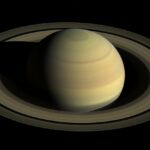
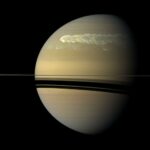
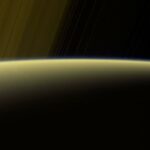
5. The first person to observe the rings of Saturn was Galileo Galilei. This happened in 1610. However, the power of the Italian telescope was not enough to examine their structure. The great scientist considered that he saw two “appendages” of the planet. When Galileo turned his gaze back to Saturn in 1612, he did not see the rings at all, which puzzled him very much. The fact that at that moment they were visible from the edge, and it was impossible to notice them with low-power telescopes.
6. The first person who suggested that Saturn was surrounded by a ring was Christiaan Huygens. This happened in 1655.
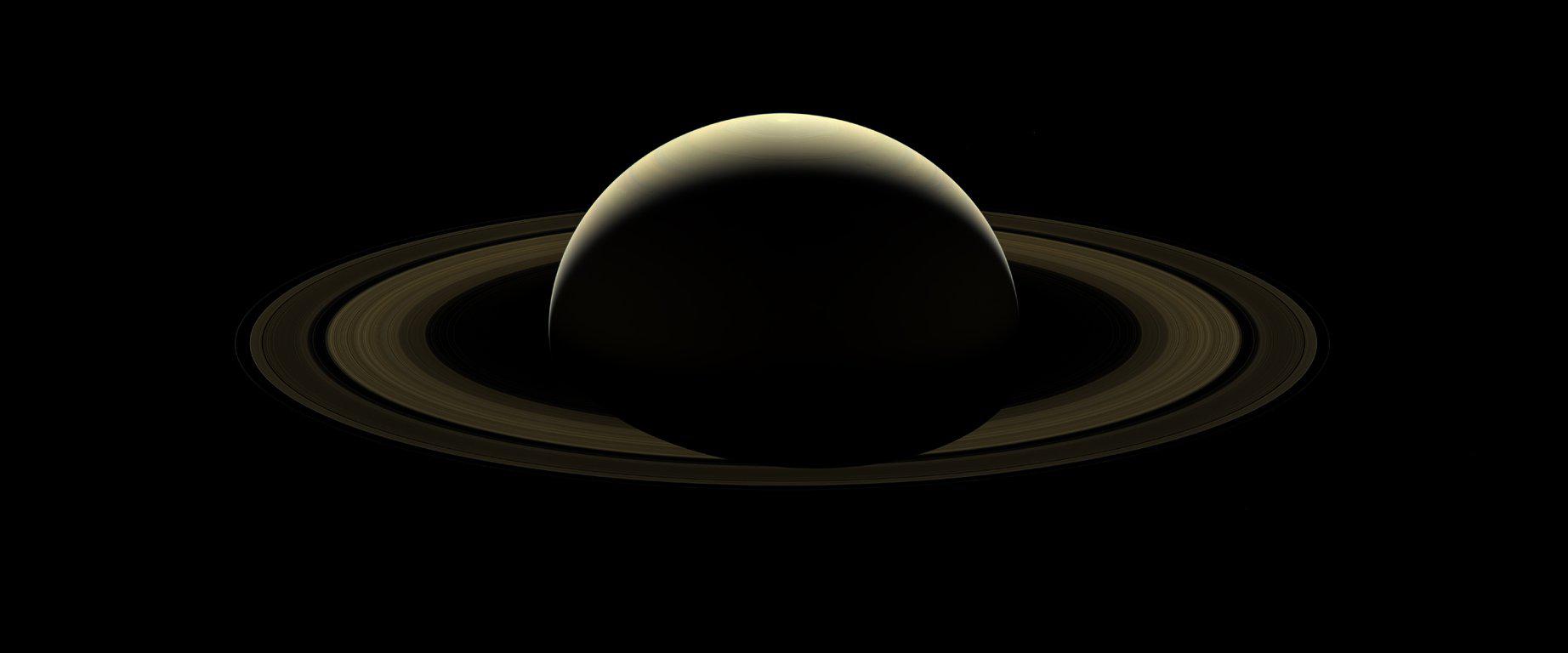
7. Saturn’s rings are 99% made up of water ice particles. Their sizes range from micrometers to centimeters, and (less often) tens of meters.
8. The width of the main part of the Saturnian rings is 70 thousand km. Their thickness is much smaller and ranges from tens of meters to a kilometer.
9. Saturn’s rings have a very complex structure. They consist of several main rings, which, in turn, consist of thousands of narrow rings separated by gaps. Under the influence of gravity of Saturnian moons, various formations can form in them — denser areas, fractures, small objects (so-called “snowballs” and “propellers”), etc.
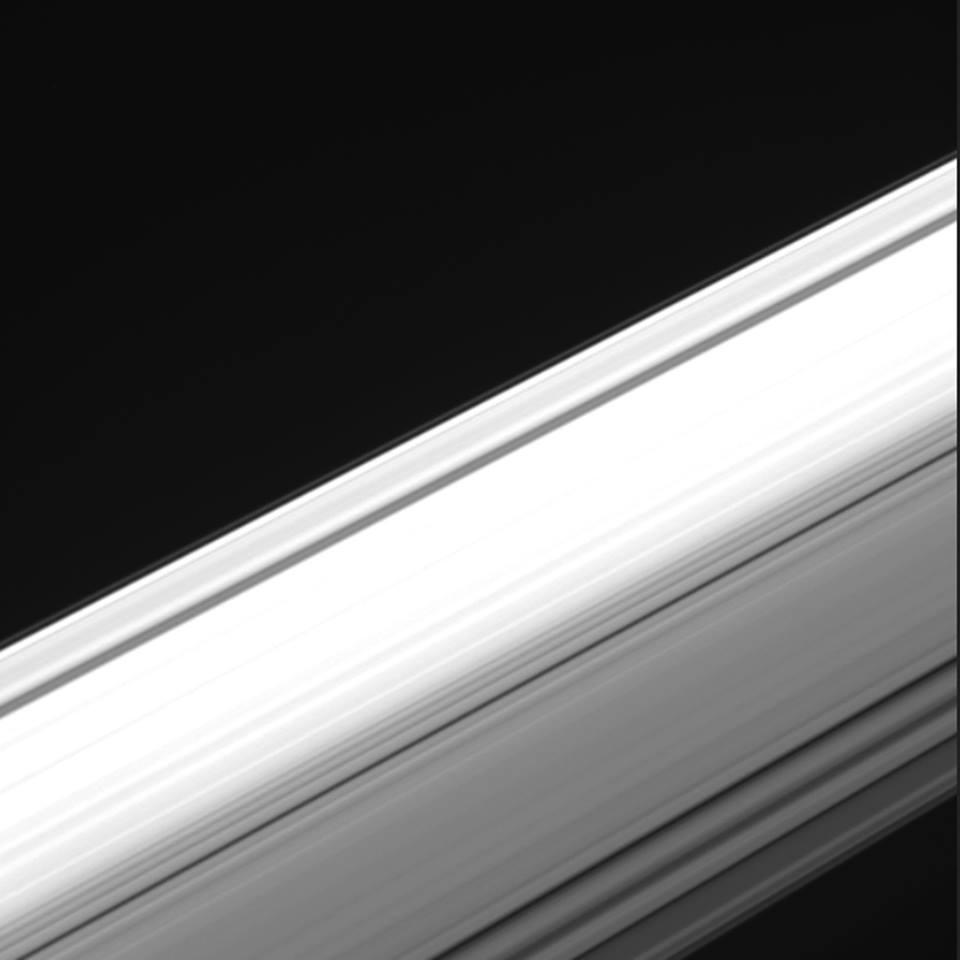
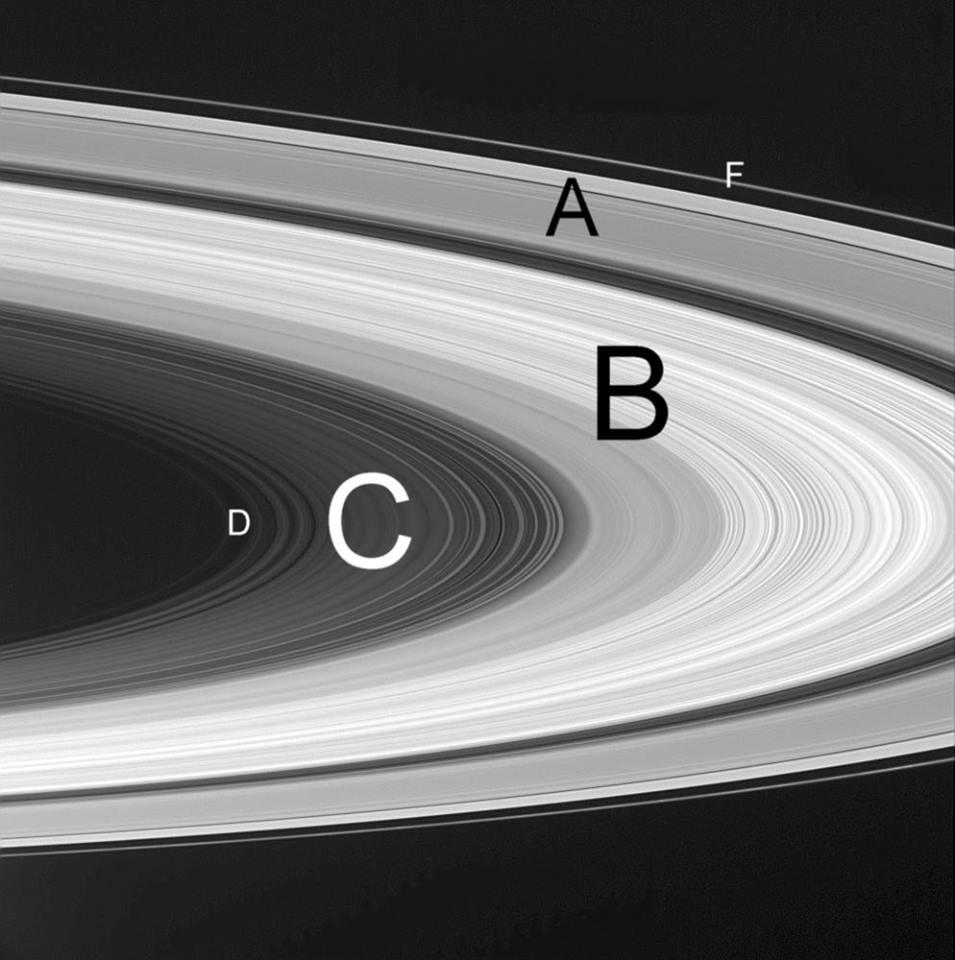
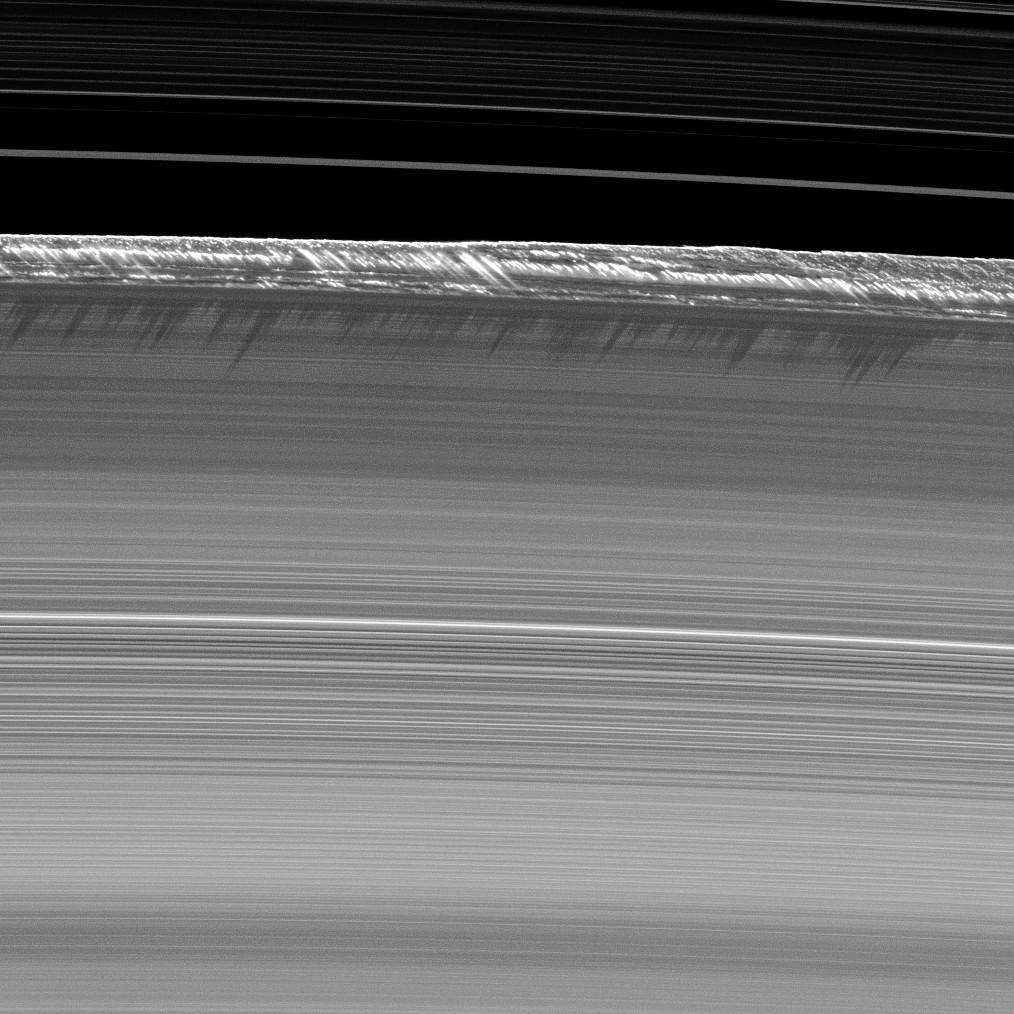
10. The origin of Saturn’s rings is still a subject of debate. According to one version, they appeared together with the planet. According to another, the rings were formed relatively recently, most likely as a result of the destruction of one of Saturn’s moons. Recent scientific evidence supports the second theory.
11. One of the most famous attractions of Saturn is the so-called hexagon — a hexagonal vortex over the north pole of the planet. The length of each side of it is approximately 13,800 km (this is more than the diameter of the Earth).
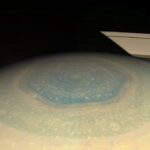
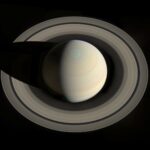
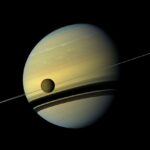
12. In the entire history, only four spacecraft have visited Saturn — Pioneer 11 (1979), Voyager 1 (1980), Voyager 2 (1981), as well as the Cassini probe. The last one was the only man-made object that entered a permanent orbit around the gas giant, where it was located from 2004 to 2017.
Follow us on Twitter to get the most interesting space news in time
https://twitter.com/ust_magazine

